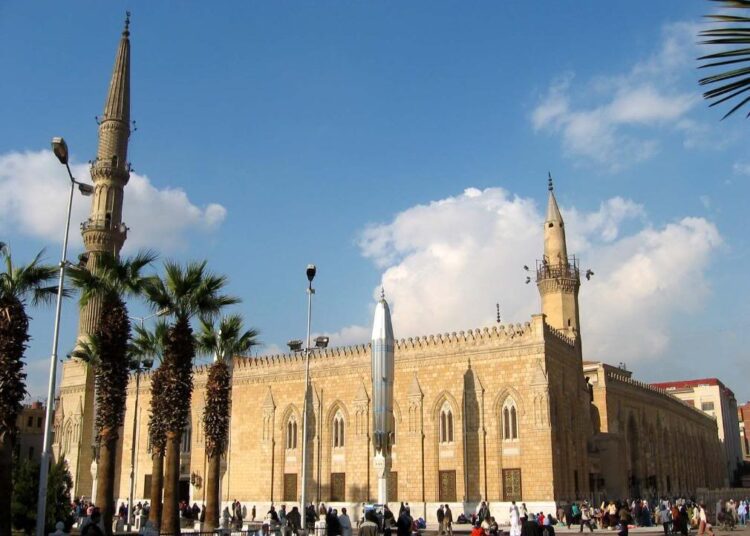The Egyptian government has recently unveiled a plan to renovate the shrines of Ahl al-Bayt (descendants of the Prophet Muhammad) across the country as part of effort to revitalise historic Cairo and boost religious tourism to the country’s treasure trove of Islamic sites.
In a meeting with the head of the Armed Forces Engineering Authority Major-Gen. Ihab al-Far and other officials on July 24, President Abdel Fattah El Sisi ordered the renovation of shrines of major mosques of Sayyida Nafisa, Sayyeda Zeinab and Al-Hussein.
The president asked for renovating the interior halls and architectural decorations of these mosques and developing all roads and squares leading to these sites as well as the surrounding amenities.
Tourism experts lauded the state’s efforts for the development of the historic religious sites.
“The state’s interest in developing these sites, which combine ancient history and spirituality of religious places, will contribute to revitalising religious tourism in the country,” Mokhtar el-Kasabani, professor of Islamic and Coptic antiquities at Cairo University, told this newspaper.
“Developing the roads, squares and facilities surrounding Ahl al-Bayt mosques will make them more attractive to visitors and easier to reach, thus allowing visitors from all over the world to access these shrines,” he added.
He referred to another plan being carried out by the government for developing the courtyards of Old Cairo’s Amr ibn Al-Aas Mosque to be the main entrance for Al-Fustat parks and other tourist religious sites, including the Coptic churches and the ancient Jewish synagogue.
“The project will mirror Egypt’s long history and restore Cairo’s status as an international and regional tourist hub,” el-Kasabani said.
“Most of the tourist programmes organised for foreigners coming to Cairo include visits to mosques like Al-Hussien, Al-Azhar, Amr Ibn Hassan, El-Sultan El-Refai, Mohamed Ali, Ahmed Ibn Tulun, which is why the renovation of historic mosques could entice more tourists interested in Islamic architecture across the centuries to visit this nation,” he added.
He pointed out that most of the tourists who like visiting historic mosques in Egypt come from Arab and Muslim countries, especially Malaysia and Indonesia.
Ali Ghoneim of the Egyptian Tourism Federation said there should be specific tourist programmes for religious tourism in Egypt in light of state efforts to boost this type of tourism.
“Some tour companies prepare programmes which serve different purposes at the same time; for example, four days in Hurghada followed by one day in Cairo to visit the Pyramids and the Sphinx, the Mohamed Ali Mosque at the Citadel and the Hanging Church. At present it is difficult to forecast the revenues of religious tourism in the country,” Ghoneim said.






Discussion about this post